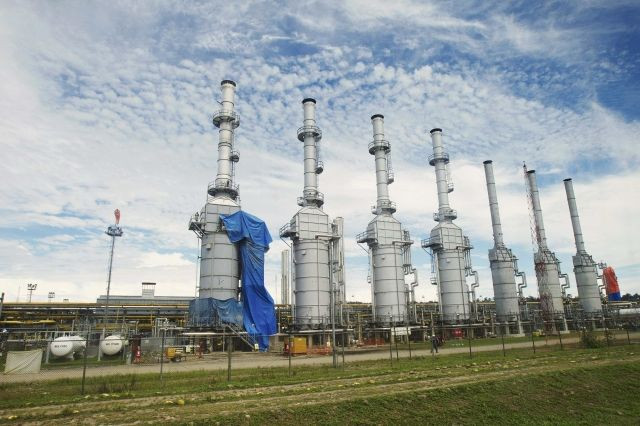Natural Gas Price Hikes In China, India Expected To Boost Production, Investment To Meet Growing Domestic Demand

A move by China and India, last week, to hike gas prices for the first time in three years, will reduce losses incurred by companies importing liquefied natural gas, or LNG, by bringing domestic prices closer to international levels, and encourage bigger investments in domestic hydrocarbon sectors.
India will double its natural gas price to $8.4 from $4.2 per million British thermal units (mmBtu), from April 1, 2014. China's push goes into effect much sooner, as it raised prices by 15 percent from July 10, 2013, but the increase is applicable only to non-residential users, while Chinese households, which account for one-fifth of the total demand, will continue to receive cheaper fuel.
“The rise in gas price will not only encourage the upstream companies to invest in exploring more challenging frontiers to augment gas production for the country, but a good amount of this increased price will flow back to the government in terms of royalty and dividend,” Sudhir Vasudeva, chairman and managing director of India’s Oil and Natural Gas Corporation Limited, or ONGC, said in an industry statement in response to the government move on June 28.
Despite the hikes, the price of natural gas in both countries will continue to remain well below $14.49 per mmBtu -- the international price of LNG for July delivery to Asia, according to a Wall Street Journal report, which cited energy information provider Platts. State-controlled energy giants in both countries have suffered mounting losses from imported gas, due to domestic prices that have remained stagnant for years at significantly lower levels than what the companies pay foreign suppliers.
Other key figures in India's energy sector said the price hike was a step toward achieving market-determined pricing, which is crucial to attract investment and boost output, as well as to reduce the debilitating effect of increasing energy imports on the economy.
Beijing-based gas analyst Gavin Thompson of Wood Mackenzie, who spoke to Reuters, said the price hike was “broadly positive for LNG, as most (Chinese) LNG players are nervous of low (cost) competing gas sources.”
China seeks to increase the use of natural gas to meet about eight percent of its energy needs by 2015, from the current five percent, although the rise will still be well below the international average of 24 percent. In India, LNG accounts for 10 percent of total energy use in the country, and the government aims to double it by 2020.
“We have a massive shift this year in India from gas to coal, similar to Europe. And the reasons have to do with limited domestic capacity to produce gas and high LNG prices, and the reasons for that have to do with the Indian pricing system,” Christof Ruhl, group chief economist at energy giant, BP, said last week, according to a Reuters report.
In China, despite government efforts to limit coal consumption to switch to cleaner fuels such as natural gas, appetite for coal has been rising, and the demand for coal is projected to double by 2030.
“In order for China to reduce power-driven demand for coal, a significant increase in the availability of natural gas for the power and industrial sectors is required,” a report released in June by Wood Mackenzie said. “China’s gas price and power tariff regulations will need to be reformed in order to create incentives for the national oil companies (NOCs) to make expensive investments in unconventional gas.”
© Copyright IBTimes 2024. All rights reserved.





















